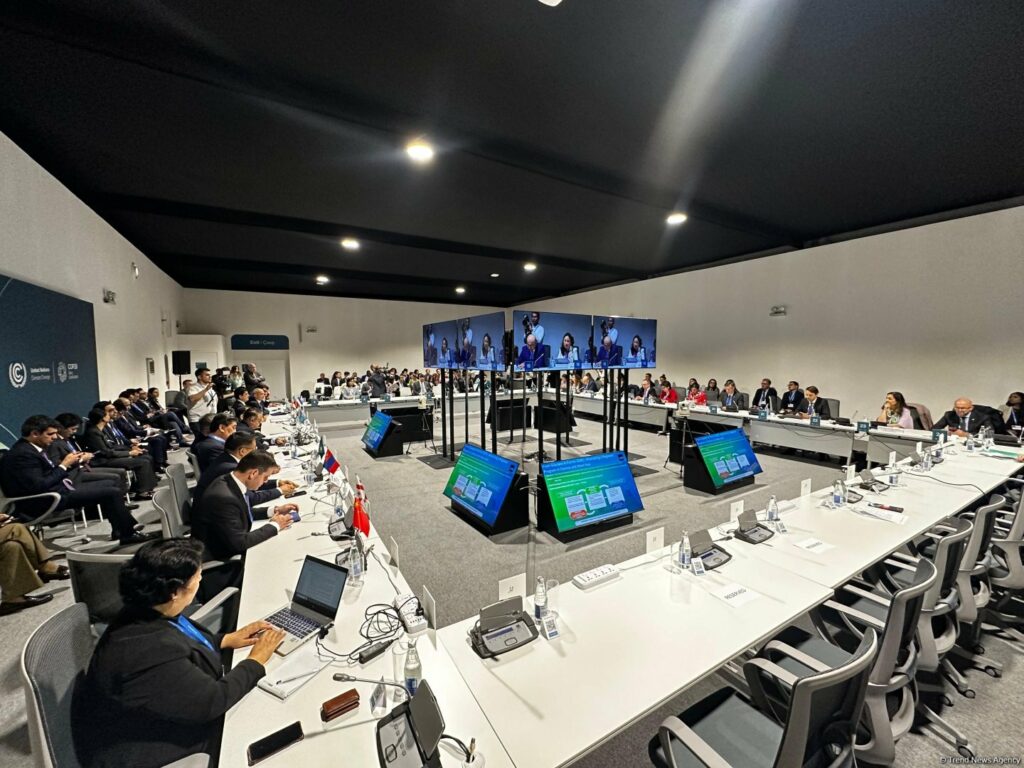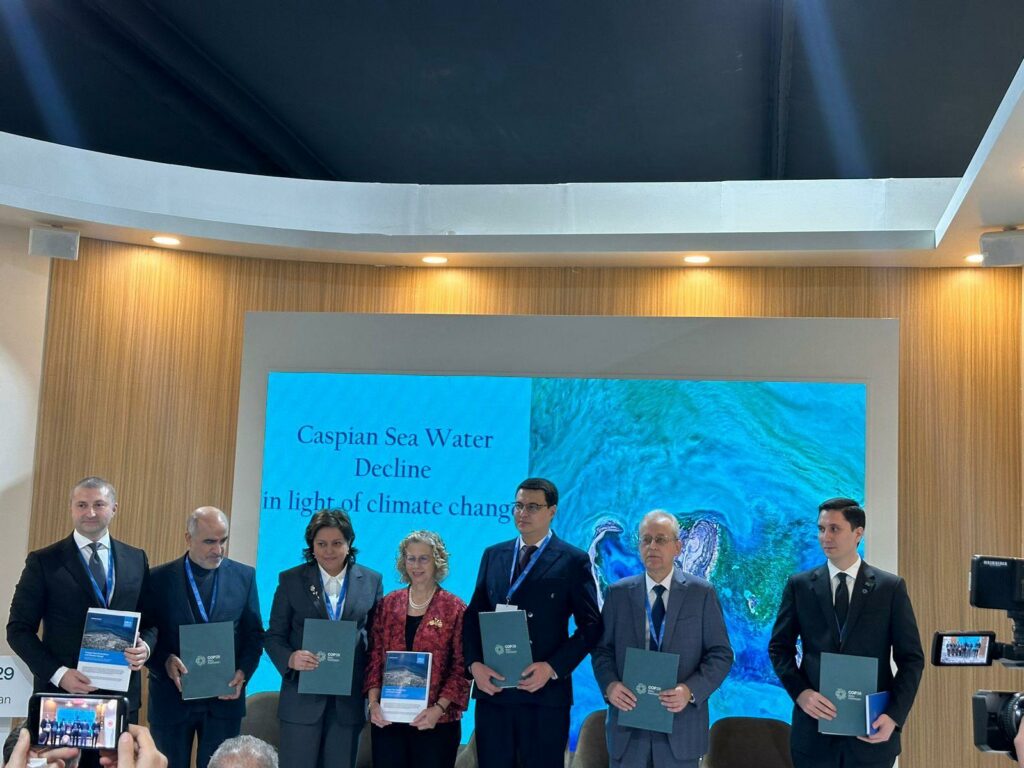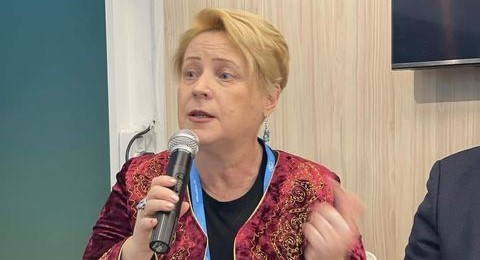The degree of interest in the work of the Central Asia Climate Change Conference (CACCC-2024, Almaty, May 27-29, 2024) was directly proportional to the increase in global temperature. This is evidenced by the unprecedented number of conference participants – over 1000 people in offline and online formats, and the rich program of the regional forum.
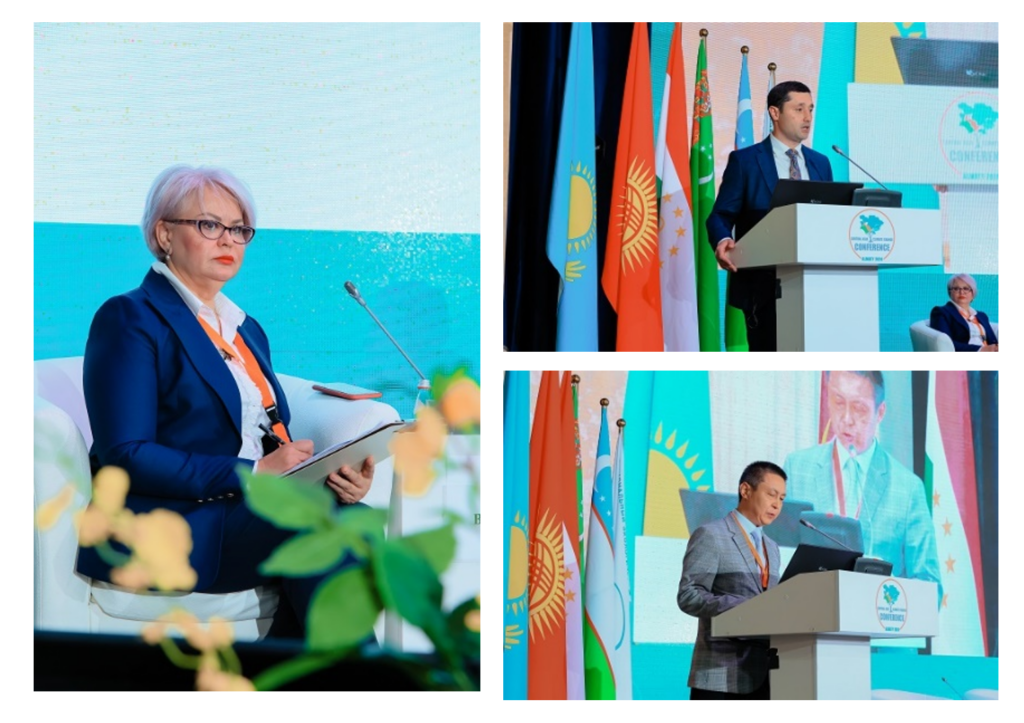
The cross-cutting theme of the entire Conference was the problem of climate change and the issues of adaptation and mitigation, and it will presumably remain for a long time. It sounded like a refrain literally at every session of this climate summit.
This time, the scientific approach and consideration of climate problems of the region through the prism of special studies dominated. Today, efficient adaptation and successful investments in green solutions should rely on a scientific basis.
Therefore, the main findings of the IPCC Sixth Assessment Report are of particular interest to Central Asia.
According to the report, Central Asia continues to warm up, the number of hottest days is increasing, and the precipitation regime is not changing for the better. Glaciers are melting, causing early water runoff and intensifying extreme hydrological phenomena such as mudflows, landslides, and floods.
This time, the scientific approach and consideration of climate problems of the region through the prism of special studies dominated. Today, efficient adaptation and successful investments in green solutions should rely on a scientific basis.
Therefore, the main findings of the IPCC Sixth Assessment Report are of particular interest to Central Asia.
According to the report, Central Asia continues to warm up, the number of hottest days is increasing, and the precipitation regime is not changing for the better. Glaciers are melting, causing early water runoff and intensifying extreme hydrological phenomena such as mudflows, landslides, and floods.
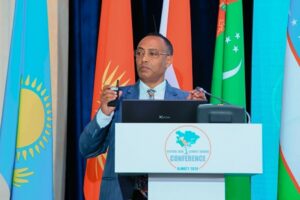
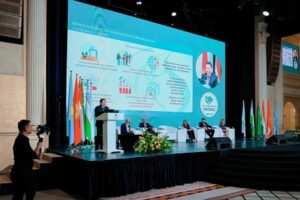
Slowly but surely, the Aral Sea is drying up. A half of the irrigated land suffers already from secondary salinization; dust storms become more frequent and fiercer as a result.
Today, the cost of damage to degraded land in Central Asia is estimated at US$ 6 billion annually. The amount is impressive, but only a fraction of the effects of climate change.
 So, what might our future look like? According to scientists, this depends solely on how successful efforts to mitigate and adapt to climate change will be. Under what conditions do IPCC experts promise sustainable climate development?
So, what might our future look like? According to scientists, this depends solely on how successful efforts to mitigate and adapt to climate change will be. Under what conditions do IPCC experts promise sustainable climate development?
- Reducing climate risks is adaptation;
- Reducing greenhouse gas emissions is mitigation;
- Improving the status of biodiversity;
- Achieving the Sustainable Development Goals (SDGs).
Concrete measures include the following: in areas prone to drought and uneven precipitation, it is proposed to apply highly efficient water-saving technologies.
Predicting that by 2050, 2/3 of the population of the world will live in cities, the IPCC experts propose to harmonize cities with the ecosystems that neighbor them, creating more “green” and “blue” zones, using environmentally friendly engineering solutions and creating social protection systems to combat natural disasters.
More about the findings of the Sixth IPCC Assessment Report for Central Asia, as well as about the role of the most important natural resource as water in sustainable economic development – at the CACCC-2024 panel session “Leveraging the water-energy-food-environment (WEFE) nexus to tackle climate challenges in Central Asia”.
The topic of transparency in reducing greenhouse gas emissions, their accounting, and monitoring is not the most key, but it is essential for mitigating the effects of climate change (mitigation). Estimating and accounting for greenhouse gas emissions will provide a comprehensive picture of which sectors have the highest emissions, and what should be paid prior attention to implement the commitments made under the Paris Agreement effectively.
We recommend attending the parallel session “Central Asia’s Readiness in Developing First Biennial Transparency Reports (BTR) under Enhanced Transparency Frameworks of the Paris Agreement”.
To work with greenhouse gas emissions, reducing their level in the atmosphere to lower the temperature rise, a kind of economic mechanism has been developed – voluntary carbon markets and carbon financing. How it works was discussed at the panel session “Climate capacity, innovation and financing: needs and opportunities”.
In general, during the Conference, 8 panels and 15 parallel sessions were held, at which the Central Asian countries and leading international organizations, together with experts, scientists, representatives of youth and civil society, discussed the hottest climate issues for the Central Asian region.


An important result of CACCC-2024 was the Final Document adopted by all participants of the Conference. In the Final Document, the Conference notes
The importance of the water, energy, food and environmental security nexus and the need to prevent the growing trend of losses caused by climate disasters, with a particular focus on vulnerable populations
The success of the implementation of the Climate Adaptation and Mitigation Program for the Aral Sea Basin (CAMP4ASB) and call for its continuation and expansion, taking into account new trends, regional challenges and areas of cooperation of the Central Asian countries.
The importance of regional cooperation and the importance of environmental initiatives of each Central Asian state were also emphasized.
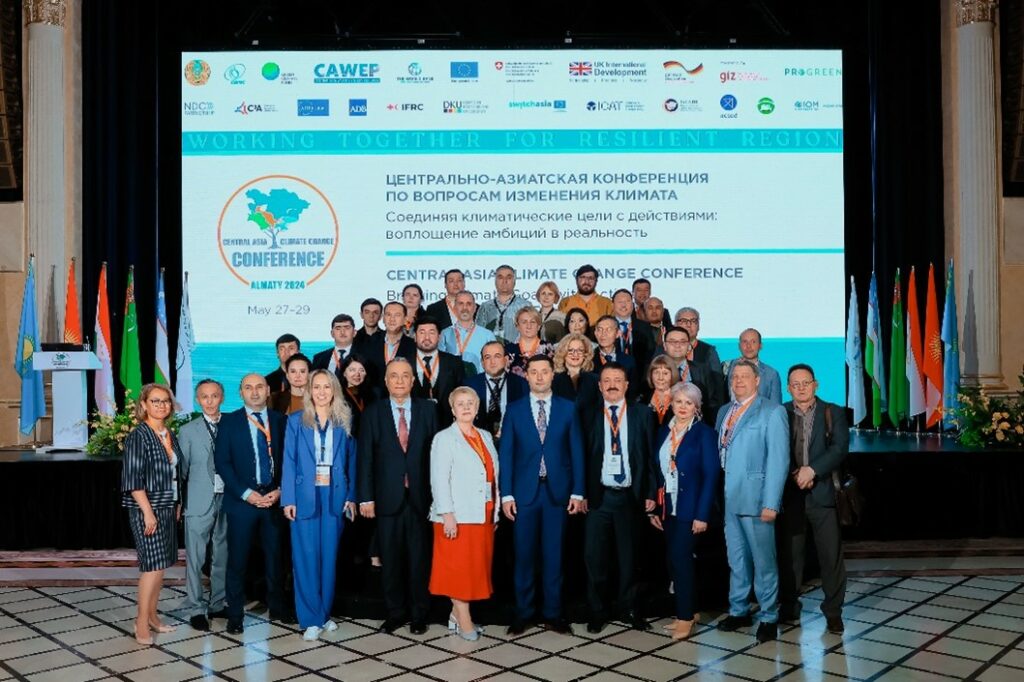
The full text of the Final Document is published on the CACCC-2024 page.
By Zhanna Khusainova
Detailed information about CACCC-2024 is here.
Presentations of panel sessions are here.
Presentations of parallel sessions are here.
Video recordings of all sessions of the Conference are available here.

